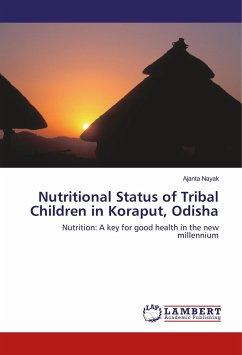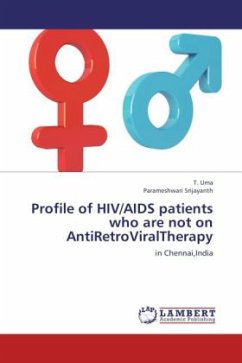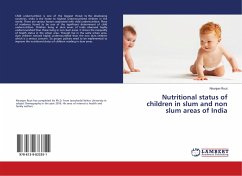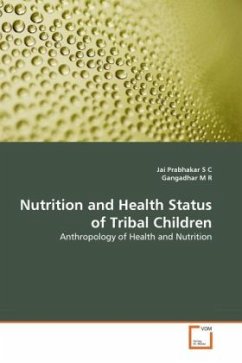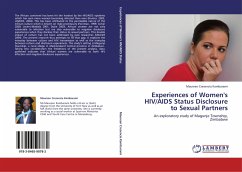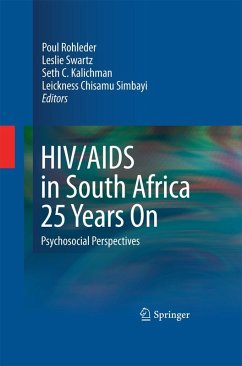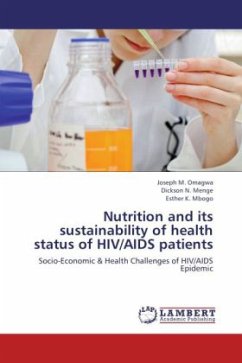
Nutrition and its sustainability of health status of HIV/AIDS patients
Socio-Economic & Health Challenges of HIV/AIDS Epidemic
Versandkostenfrei!
Versandfertig in 6-10 Tagen
39,99 €
inkl. MwSt.

PAYBACK Punkte
20 °P sammeln!
This Study shows that HIV prevalence rates are high (20-25%) in Kenya though now dropping,and that variations do exist between regions of Kenya.Adults 15-64 years were estimated at 7.1% or 1.42 million people living with HIV infections in 2007.HIV prevalence among adults aged 15-49 years was 7.4% (KAIS,2007) While prevalence among youths (15-24 years) was found to be 3.8%.In adults aged 50-54 years,5.0% were found to be infected with HIV.Women were found more likely to be infected at 8.8% than men 5.4%. Significant differences in HIV prevalence were found across provinces,among adults 15-64 ye...
This Study shows that HIV prevalence rates are high (20-25%) in Kenya though now dropping,and that variations do exist between regions of Kenya.Adults 15-64 years were estimated at 7.1% or 1.42 million people living with HIV infections in 2007.HIV prevalence among adults aged 15-49 years was 7.4% (KAIS,2007) While prevalence among youths (15-24 years) was found to be 3.8%.In adults aged 50-54 years,5.0% were found to be infected with HIV.Women were found more likely to be infected at 8.8% than men 5.4%. Significant differences in HIV prevalence were found across provinces,among adults 15-64 years in urban areas it was found to be 8.4% and in rural areas it was found to be 6.7%.majority of the infected cases were found in Nyanza and Rift valley provinces. HIV infections has socio-economic and health impacts to individuals/households and to the entire county Government .With support of Donor agencies has put in place Health Programme at AMPATH to support the intake and sustainability of the Health Status of HIV/AIDS Patients.



